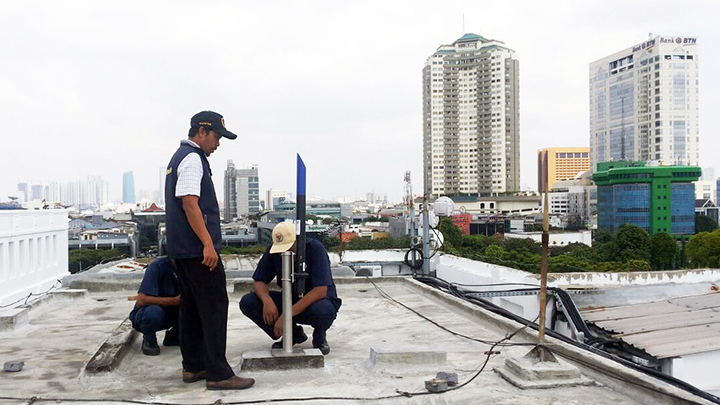Nuclear Detectors at the Palace
Tuesday, March 17, 2020
arsip tempo : 171405108994.

THE plan to procure radiation detectors for cabinet ministers, regional heads, echelon 1 government officials, and heads of government agencies is being discussed by the Nuclear Energy Regulatory Agency (Bapeten). Bapeten Chief Jazi Eko Istiyanto came up with the idea in a coordination meeting of inspectors on February 18.
During a presentation on the concept of nuclear safety for a smart city to the nuclear supervisors, Jazi said that the plan
...
Subscribe to continue reading.
We craft news with stories.
 For the benefits of subscribing to Digital Tempo, See More
For the benefits of subscribing to Digital Tempo, See More








